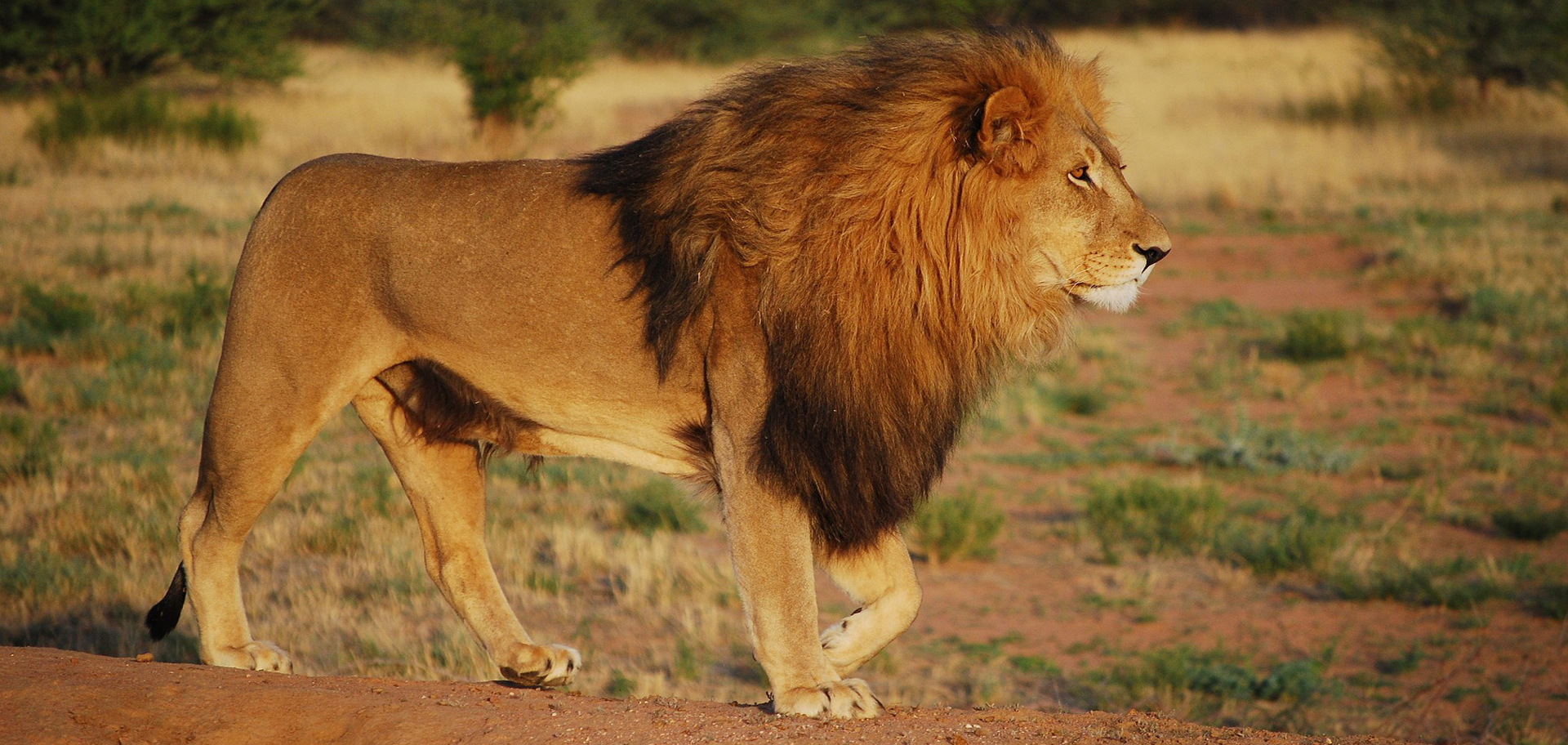Neighboring Zambia and Zimbabwe each offer remote wilderness experiences found in few other African destinations. Zimbabwe’s tourism nearly disappeared due to political turmoil in the early 2000s but has since returned to stability. Its economy is recovering and welcoming locals are eager to share their country’s remarkable wildlife and pristine landscapes. Meanwhile, Zambia remains relatively undiscovered by all but the most avid safari travelers.
Tourism is critical in both nations for wildlife conservation, helping protect threatened habitats and animals from competing interests.
Considering a safari to Zambia or Zimbabwe? Here’s what you should know:

Discover Africa on foot with unmatched walking safaris in Zambia. © Mark Hickey
Safari Experiences in Zambia & Zimbabwe
Zambia’s Luangwa Valley is renowned as the birthplace of the walking safari, providing unparalleled wildlife experiences on foot. On our Zambia safaris, you’ll stay at small, secluded camps in prime wildlife habitat within South Luangwa and Lower Zambezi national parks.
Zimbabwe also includes guided bush walks, but with its abundance of rivers and lakes, safaris typically focus on exploring by boat and canoe. Look for hippos, crocodiles and elephants along Lake Kariba’s shoreline.
Nat Hab selects secluded accommodations strategically located near wildlife areas, often allowing for exceptional sightings right from camp.

Zimbabwe is famous for Africa’s largest herds of elephants and buffalo. © Rick Guthke
Wildlife in Zimbabwe & Zambia
Both countries boast extraordinary wildlife in seldom-visited parks. Zimbabwe is well known for its immense elephant and buffalo herds. Zambia provides opportunities to spot unique subspecies like Crawshay’s zebra and Thornicroft’s giraffe.
Witness remarkable animal behaviors in both destinations: elephants in Zimbabwe’s Mana Pools stand upright on their hind legs to reach high branches, while Zambia’s Kafue National Park hosts tree-climbing lions.

The secretarybird, a striking bird of prey standing nearly four feet tall. © Eric Rock
Birdwatching in Zimbabwe & Zambia
Zimbabwe and Zambia are celebrated birdwatching destinations, each home to more than 700 bird species. Zimbabwe’s Hwange National Park is renowned for its dense bird populations, and more than 400 species are found in Zambia’s South Luangwa National Park.

Victoria Falls, known locally as “Mosi oa-Tunya”—the smoke that thunders. © Wilderness Safaris
Visiting Victoria Falls
Both Zambia and Zimbabwe border Victoria Falls, one of the Seven Natural Wonders of the World. Zimbabwe offers the best vantage points for photography, as most of the falls lie within its borders. However, the Zambian side allows visitors closer encounters, including the thrilling experience of swimming at the edge of the falls in Devil’s Pool.
By Marsea Nelson, WWF guest blogger































